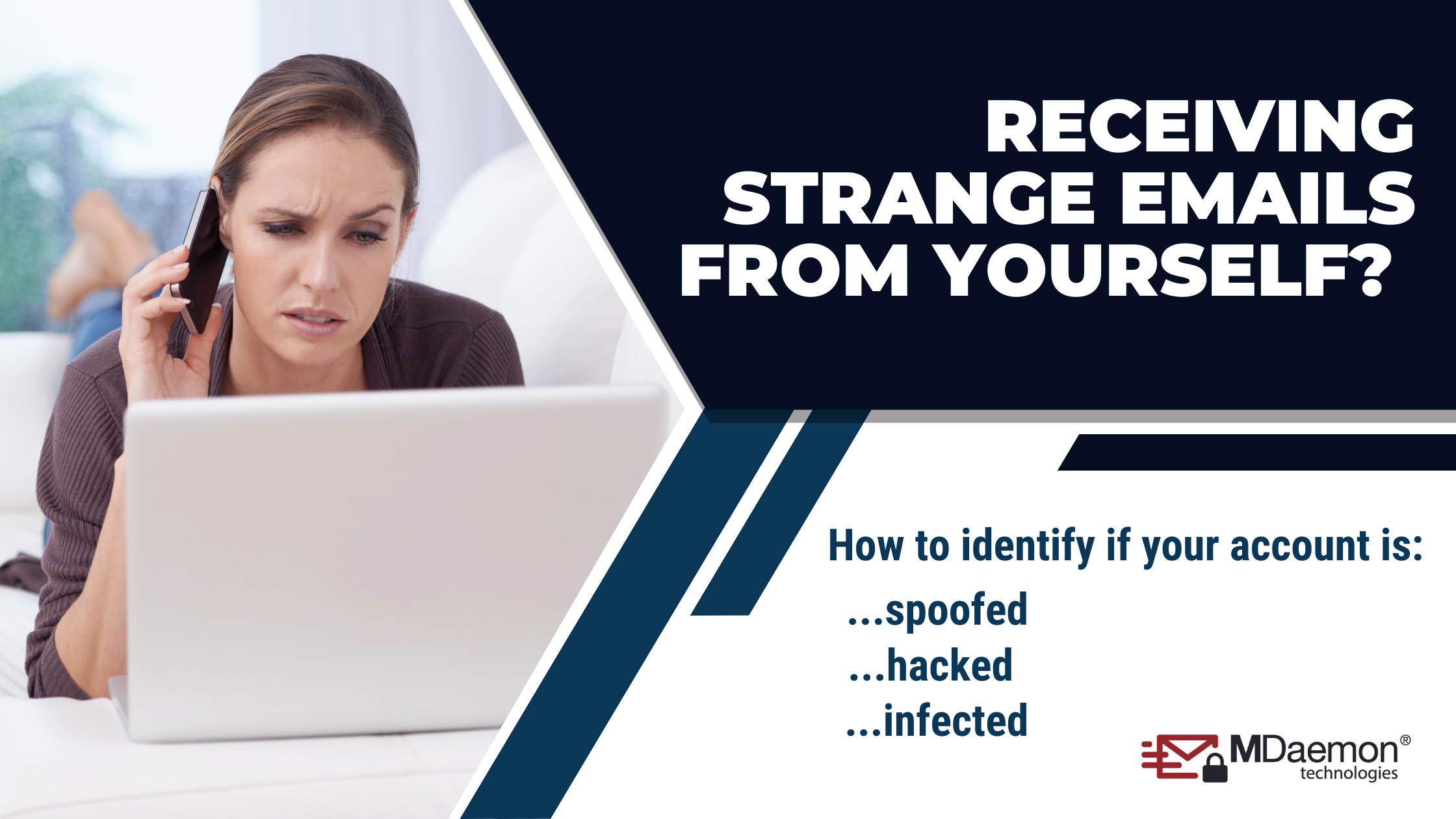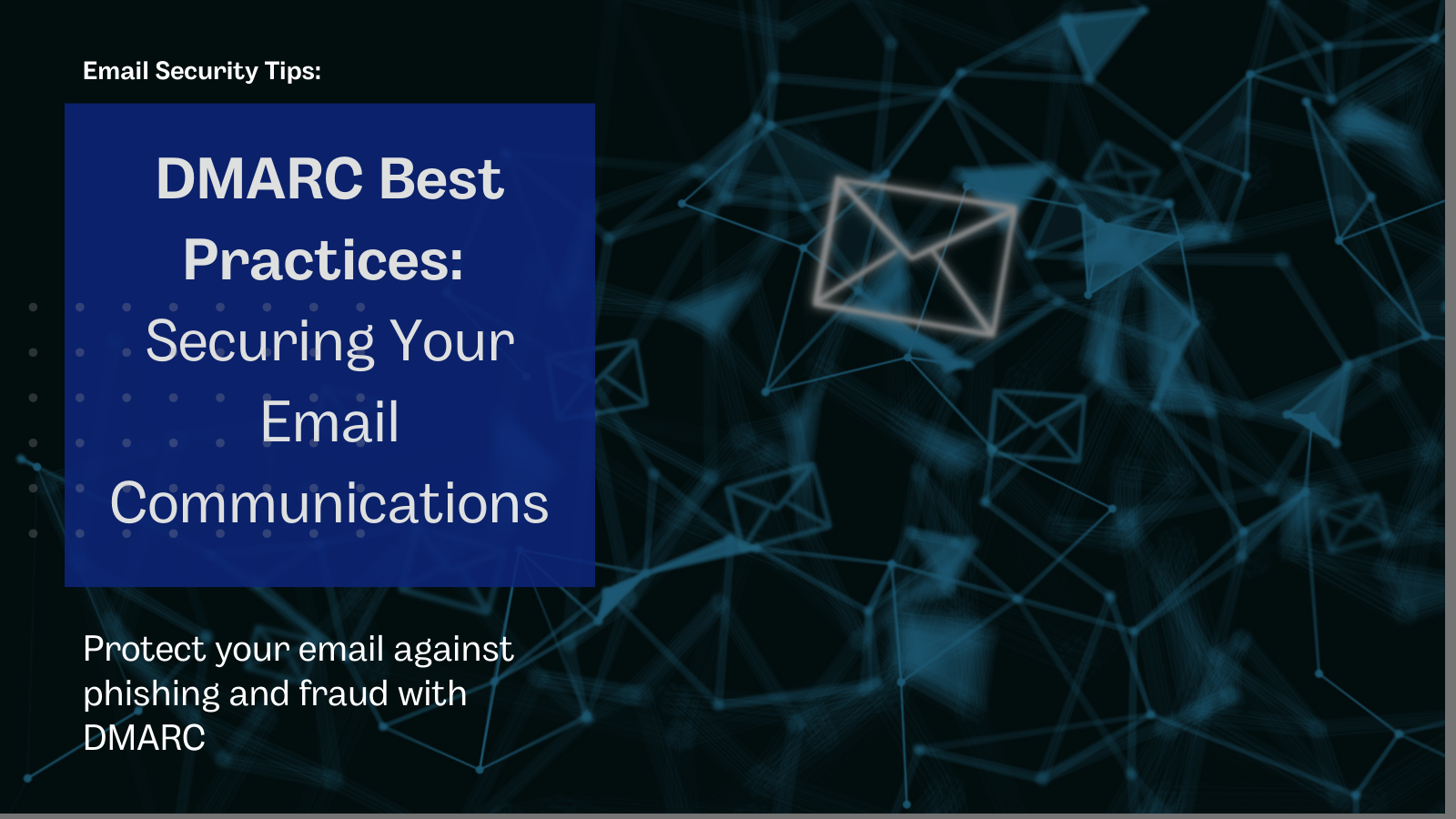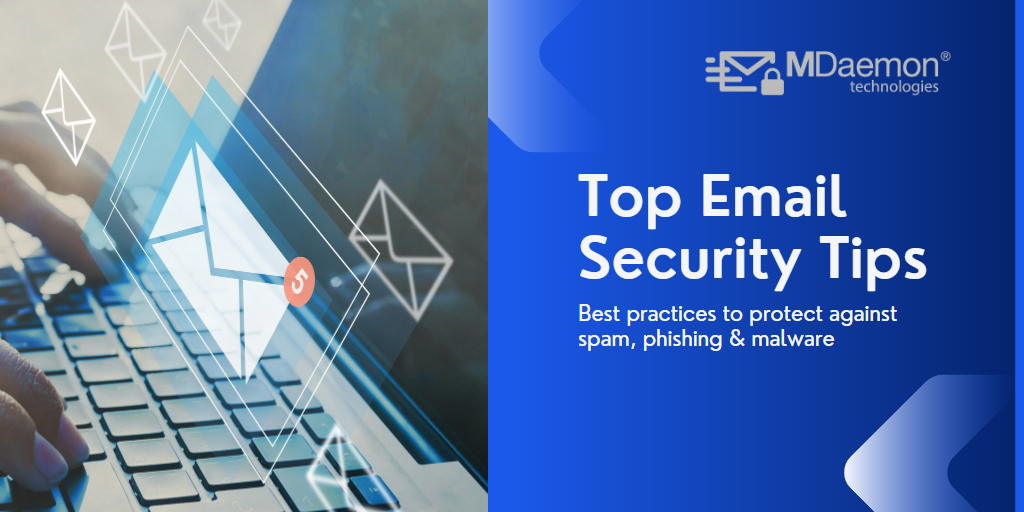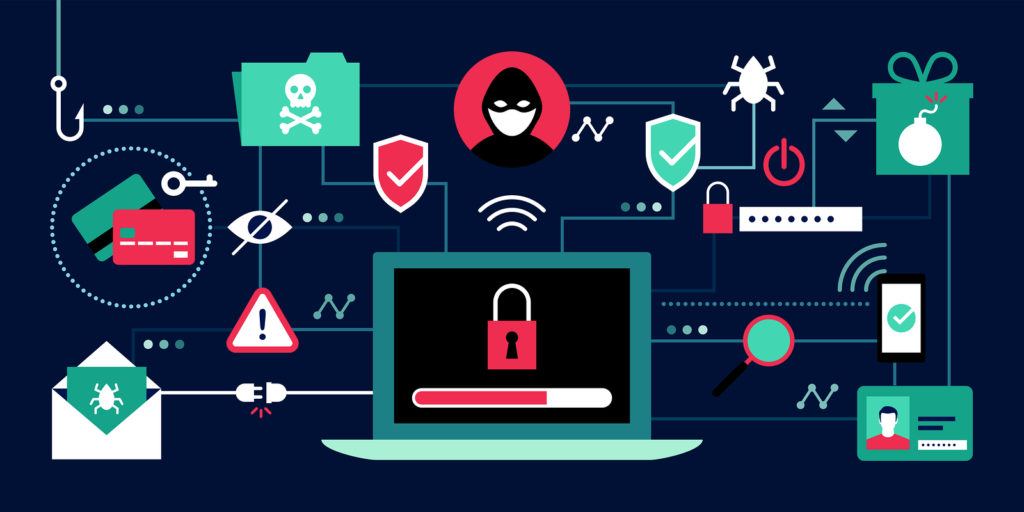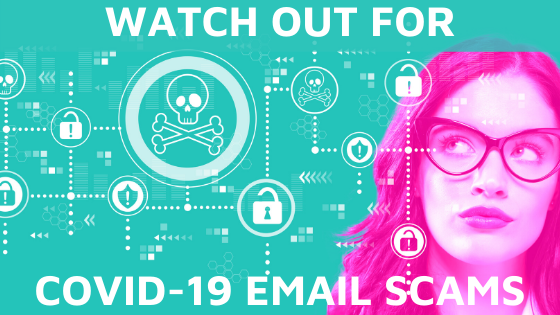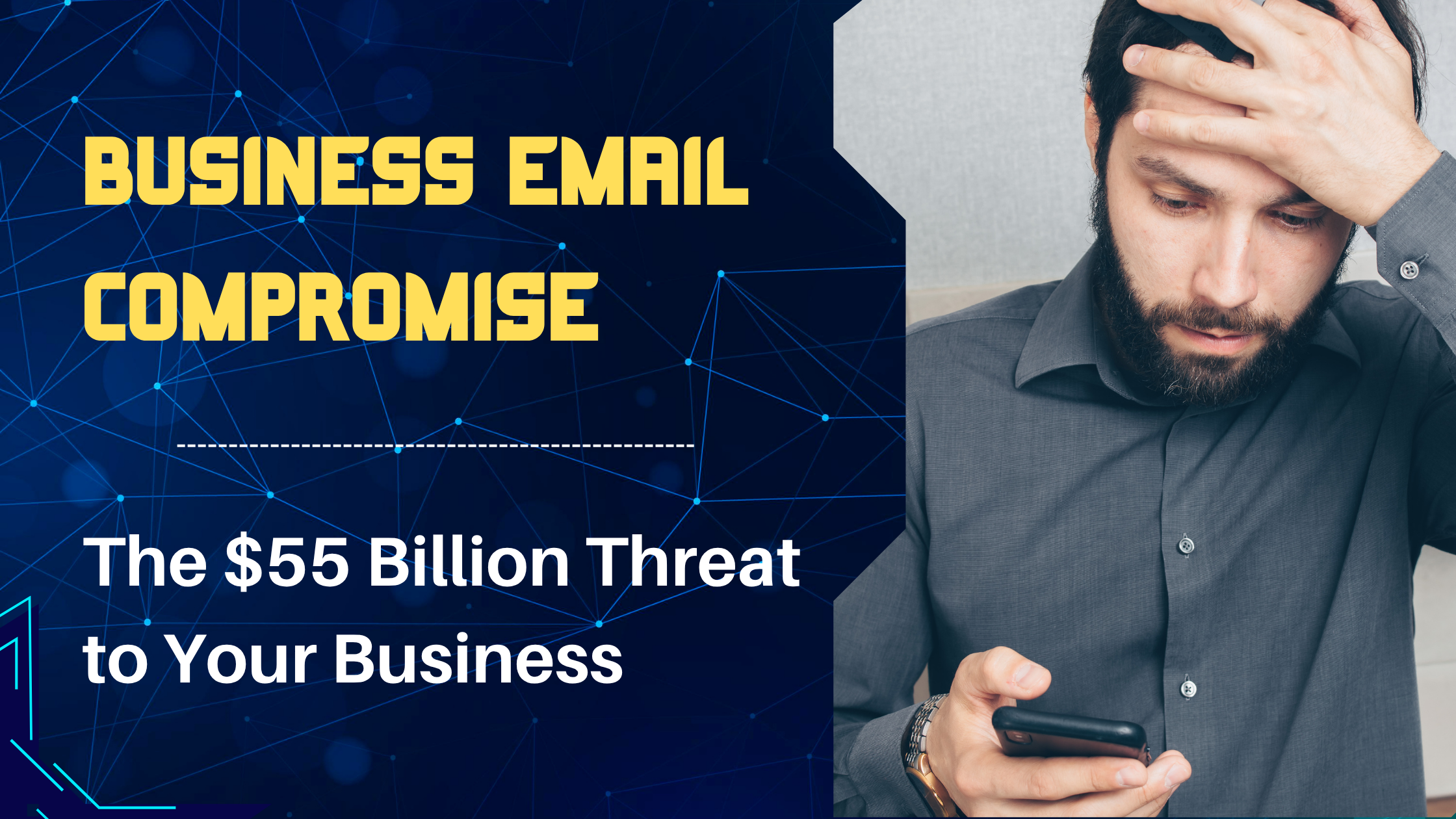It’s alarming to discover that someone is sending emails that appear to come from your email address—especially if you didn’t send them. This situation can make you wonder if your email has been hacked. However, not all suspicious activity means you’ve been compromised. In many cases, your email address may simply be spoofed, not hacked.
Receiving Strange Emails from Yourself? Here’s What You Need to Know
By Brad Wyro posted in Email Security, Anti-Spoofing, Email Spoofing, Email Security Best Practices, Email Best Practices
DMARC Best Practices: Securing Your Email Communications
By Brad Wyro posted in Email How To, Email Security, Anti-Spoofing, Email Spoofing, Email Security Best Practices
Discover the best practices for securing your email communications with DMARC and its importance in preventing email fraud and phishing attacks.
Top 9 Email Security Tips to Protect Against Spam, Phishing & Malware
By Brad Wyro posted in Anti-Relay, Attachments, Bayesian Learning, Content Filter, Data Leak Prevention, Email Authentication, DNS-BL, Email How To, Email Security, Macros, Cybersecurity, MDaemon Email Server, Security Gateway for Email, Spear Phishing, Email Spoofing, Anti-Virus, Backscatter, Phishing, Email Best Practices, Passwords
As cyber threats evolve, we face growing email security challenges. Hackers and cyber criminals relentlessly continue to attack businesses as users continue to fall for email scams. That’s why we must continue to be aware of the best practices for securing our email.
Beyond Hackers: Identify and Mitigate Insider Threats to Your Data
By Brad Wyro posted in Data Leak Prevention, Email Security, Cybersecurity, Anti-Spoofing, Security Gateway for Email, Spear Phishing, Email Spoofing, Phishing, insider threats
Jean Patrice Delia was an engineer at GE when he decided to steal company data and use trade secrets, pricing information, marketing data, and other documents and funnel them to his business partner to compete against GE. After an FBI investigation, Delia was arrested and sentenced to two years in prison and ordered to pay $1.4 million in restitution. His business partner, Miguel Sernas, spent nearly a year in jail and was also ordered to pay $1.4 million.
Business Email Compromise Scams are Reminder to Educate Users
By Brad Wyro posted in Business Email Compromise, Email Security, Spear Phishing, Email Spoofing, Phishing
Online scams are nothing new -- but as email has evolved and improved, so have scammers and the messages they send. Nefarious emails, attachments and links now appear sophisticated and look legitimate, sometimes tricking even the most meticulous user.
Decoding Today’s Healthcare Phishing Attempt
By Brad Wyro posted in Email Gateway How-To, Email Security, Cybersecurity, MDaemon Email Server, Stop Spam Email, Email Spoofing, Phishing, Email Server
A brief glance through my spam folder in MDaemon Webmail recently reminded me of the need for on-going education on the topic of phishing and Business Email Compromise (BEC) scams. I’d like to be able to tell you that the recent crush of cyberattacks on the healthcare sector, as exacerbated by the COVID-19 pandemic, has run its course – but then I’d be the one scamming. Looking through the latest Health IT Security monthly news archive turns up a long litany of phishing, ransomware, malware, spoofing, password theft and other data leaks, and server vulnerabilities that affect millions of patients and financial donors – and it’s not even the end of the month.
The Coronavirus pandemic comes with a spike in online email scams, and changes to how we work
By Brad Wyro posted in Cybersecurity, Spear Phishing, Email Spoofing, Phishing, Two-Factor Authentication, Email Best Practices
Stories of the COVID-19 pandemic’s rapid global spread have paved the way for threat actors to unleash the most widely-used cyber threat in recent memory.
Ongoing Business Email Compromise Scams are a Reminder to Educate Users
By Brad Wyro posted in Business Email Compromise, Email Security, Spear Phishing, Email Spoofing, Phishing
Online scams are nothing new. But as email has evolved and improved, so have scammers and the messages they send. Nefarious emails, attachments and links now appear sophisticated and look legitimate, sometimes tricking even the most meticulous user.

